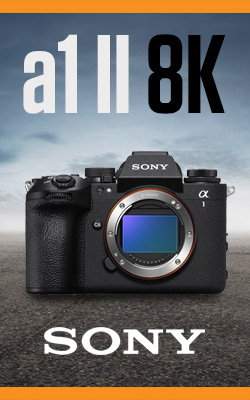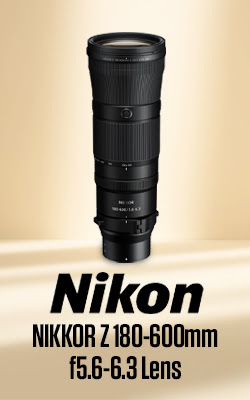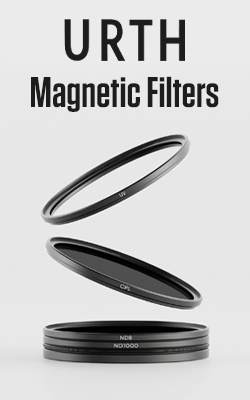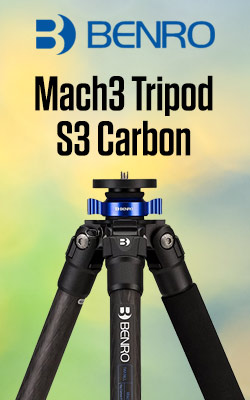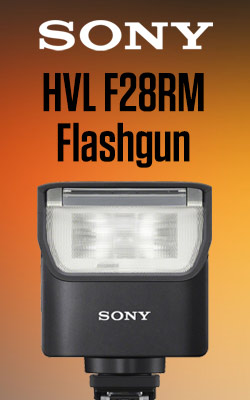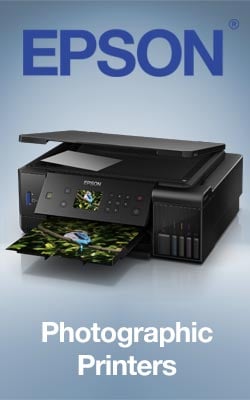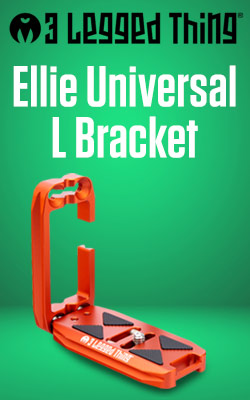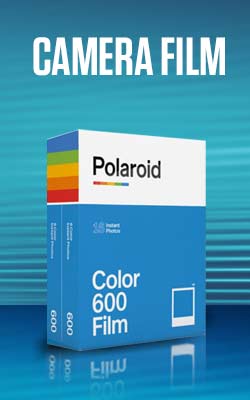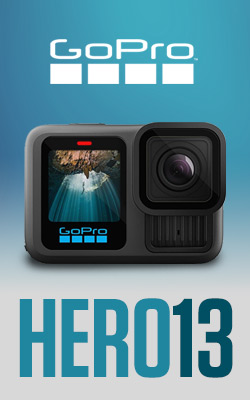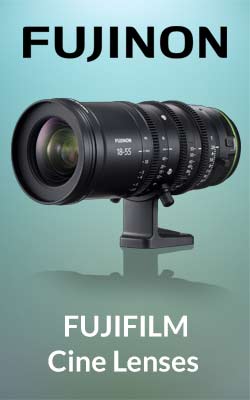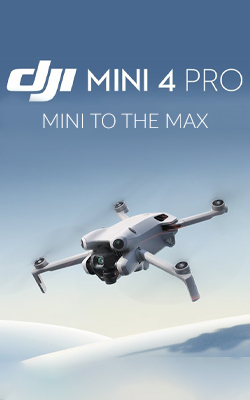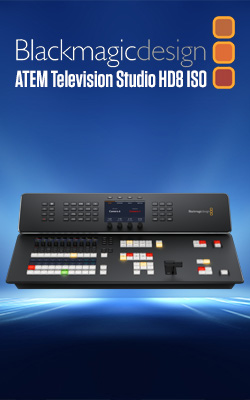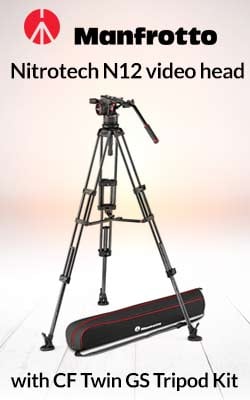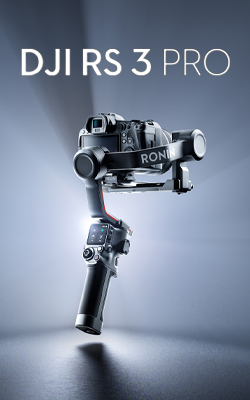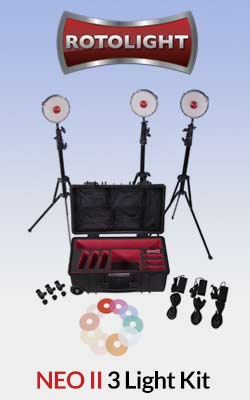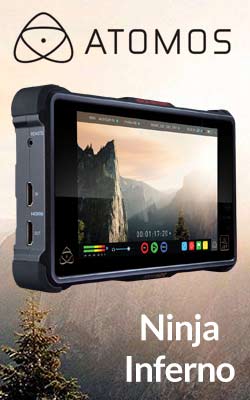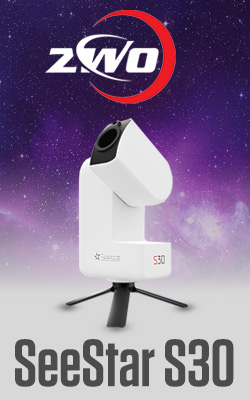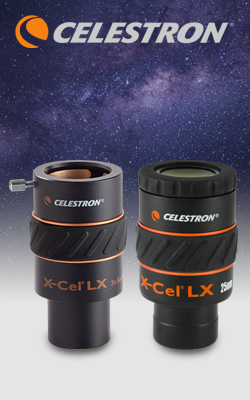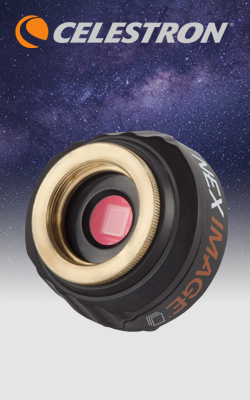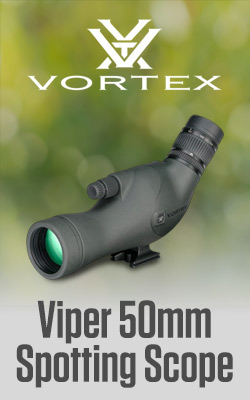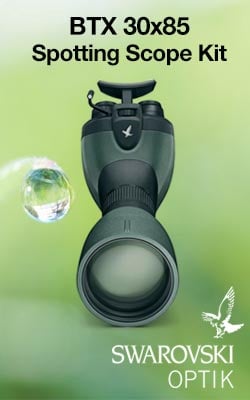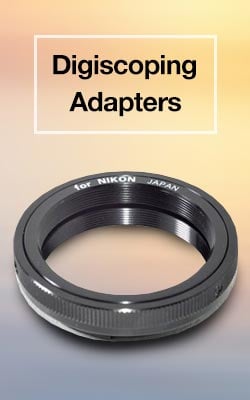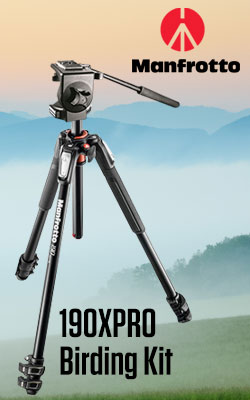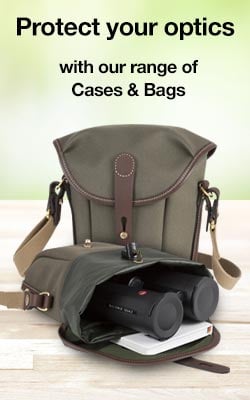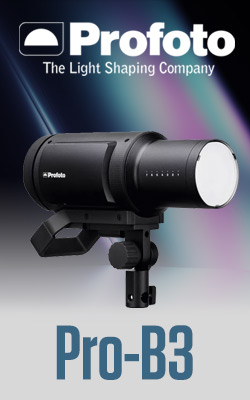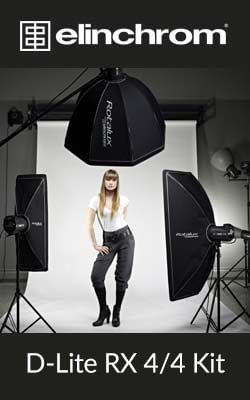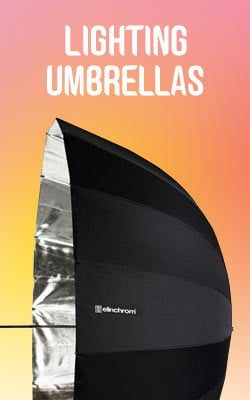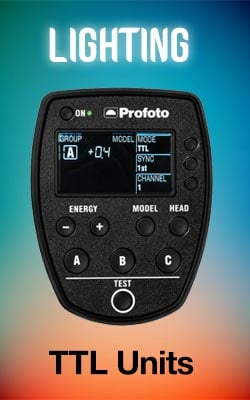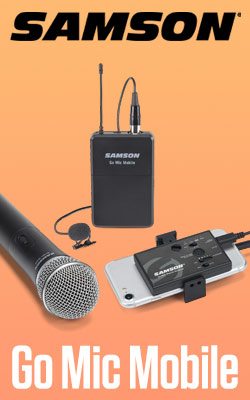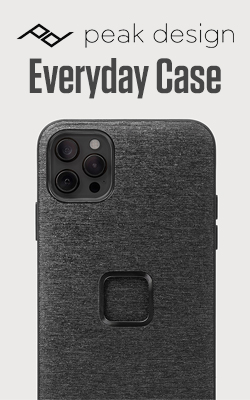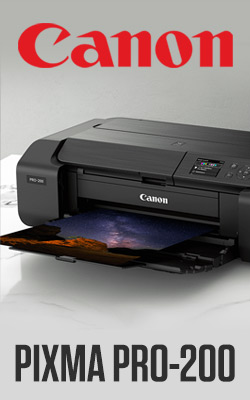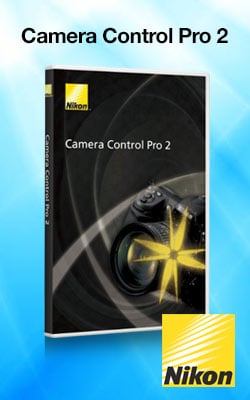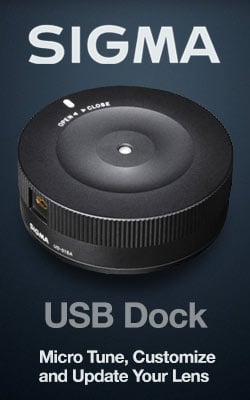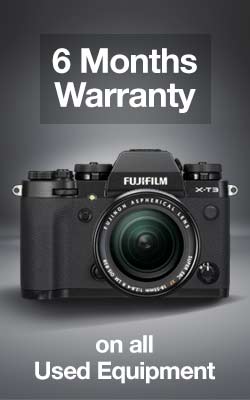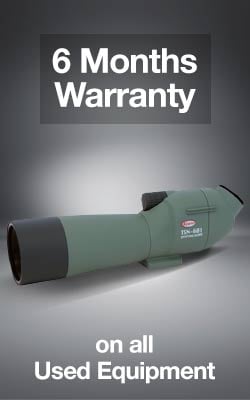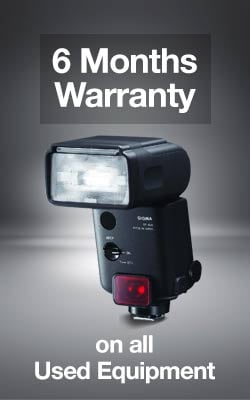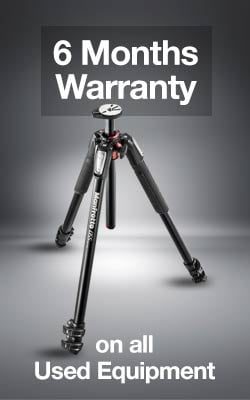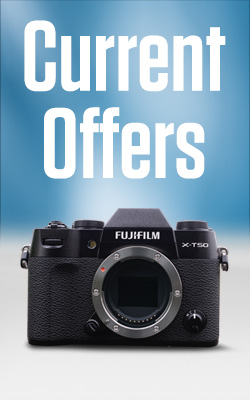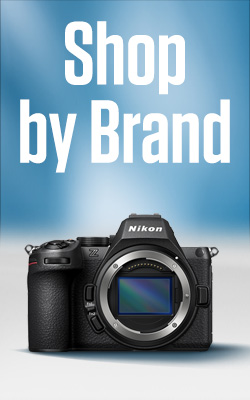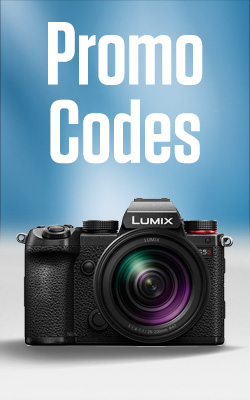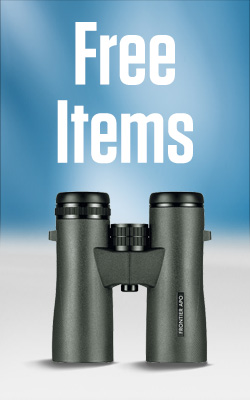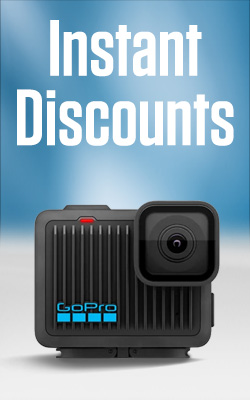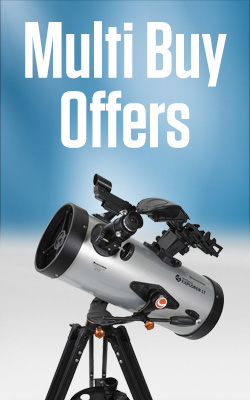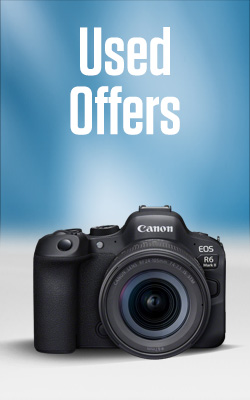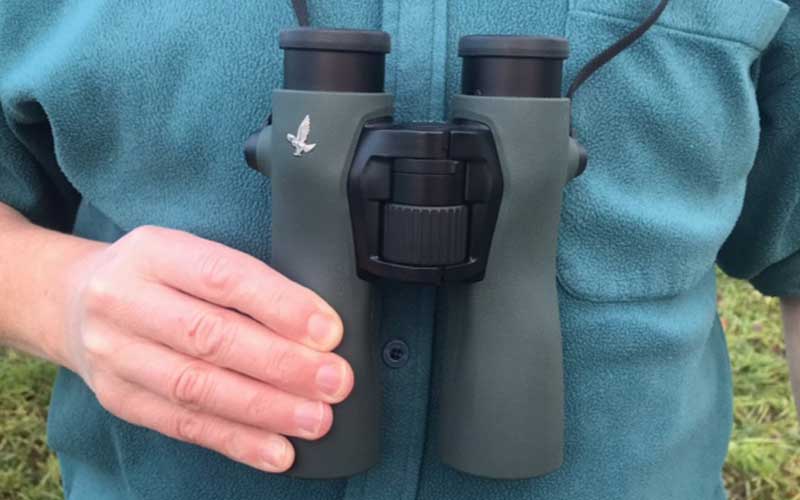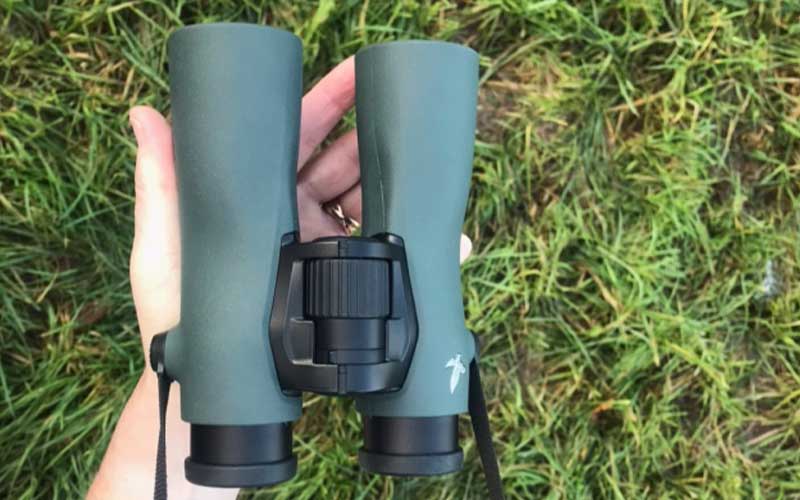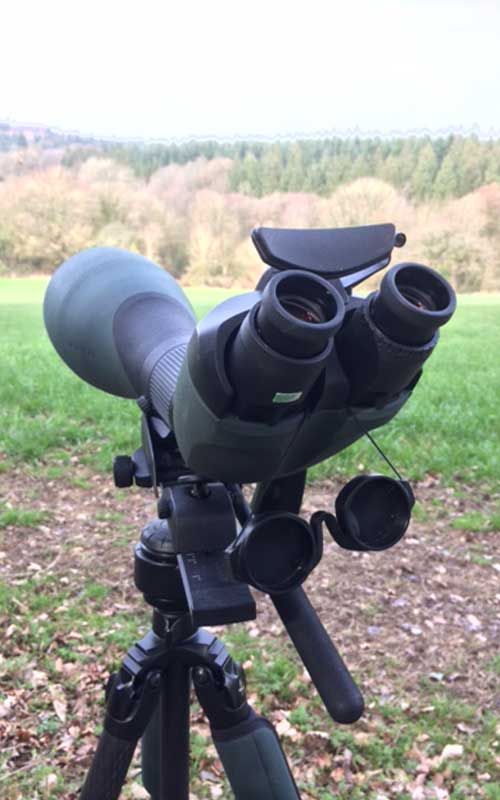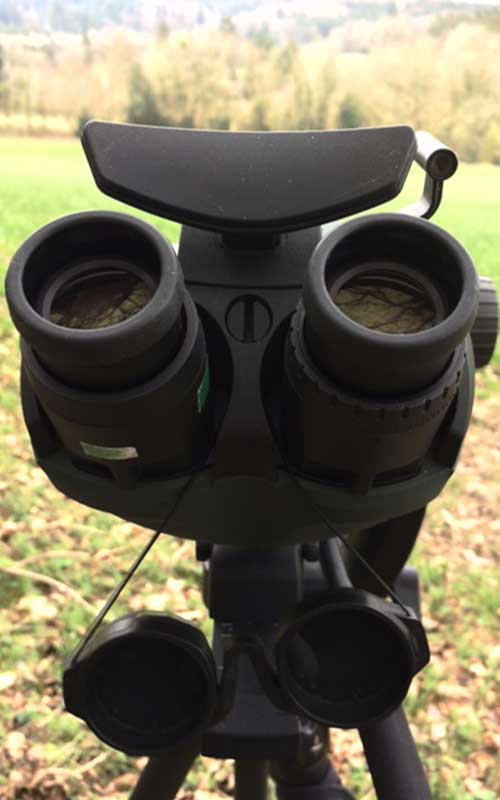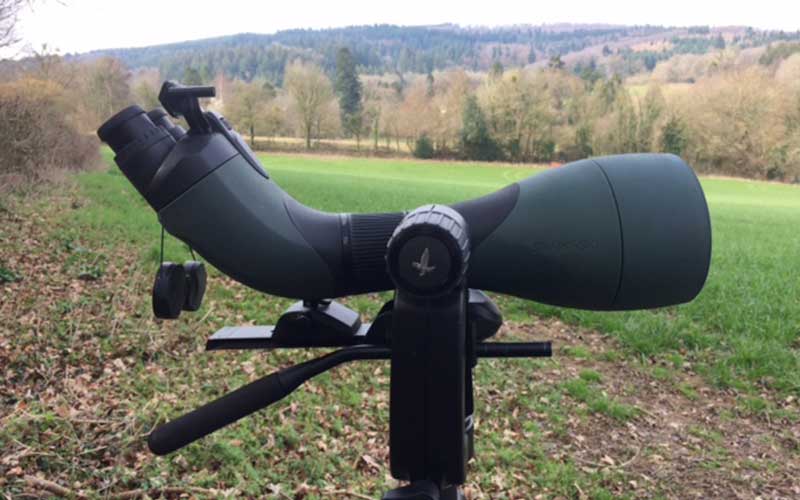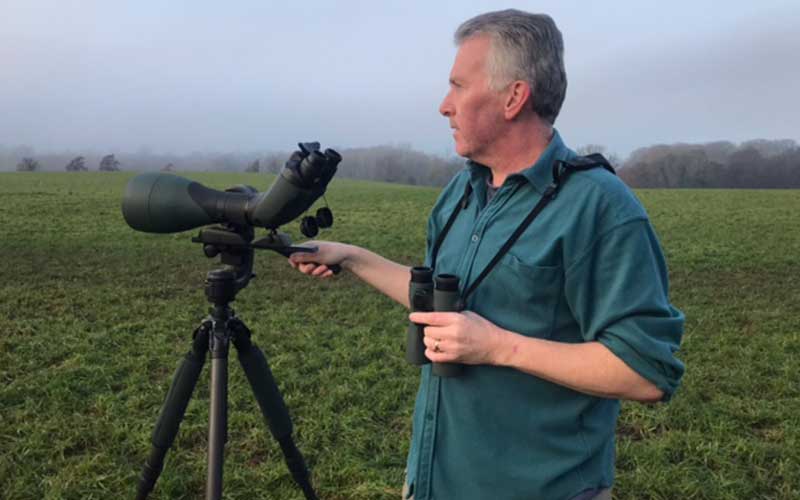Swarovski NL Pure 8x42 Binocular and BTX 35x115 Spotting Scope Kit Real World Review
Swarovski Optik. The name has become synonymous with state-of-the-art optical equipment; a byword for cutting-edge performance, design and innovation. In 2020, as we all struggled to cope with the effects of the coronavirus pandemic, the company forged ahead with the launch of a number of new products, the most prominent being the flagship NL Pure binocular range. At the same time, the modular ‘X’ spotting scope system welcomed a radical addition: a new objective module sporting a whopping 115mm diameter lens.
Meet the new additions
Coming to the NL Pure first, the range currently consists of three models: 8x42, 10x42 and 12x42. These sit right at the top of Swarovski’s product roster, a position previously occupied by the company’s venerable EL range. Given that the EL has long been regarded by many as the best in the business, the newbies have big shoes to fill. The optical equivalent of size 15, in my view.
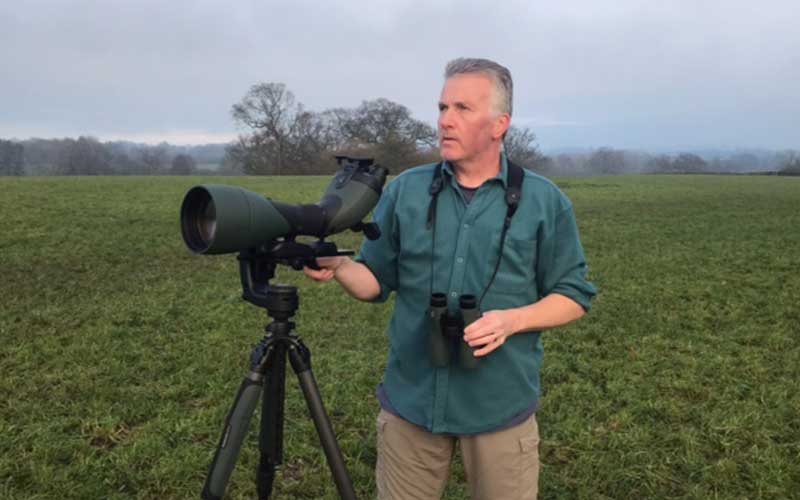
So, what’s so special about the NL Pure? Well, on paper at least, quite a few things and I’ll touch on these as we go. A cursory glance at the spec. sheet, however, suggests that the most significant developments include a completely new ergonomic body shape, a newly designed focus mechanism and, what on paper at least, looks like an almost unfeasibly wide field of view. From a birder’s point of view, these features alone suggest that what we have here is a binocular which demands attention. The type of binocular which should dovetail very nicely with a top-notch spotting scope. Which, by an amazing coincidence, leads neatly onto…
…the new 115mm Objective Module. This is a beast of an optic that sports the biggest objective in Swarovski’s range. Come to think of it, unless I’m missing something, I think it’s the biggest objective in anybody’s range! In combination with its 65mm, 85mm and 95mm siblings and the ATX, STX, and BTX eyepiece modules it offers even more flexibility for anyone who is eyeing up a new scope or, indeed, for anyone who has already bought into the company’s modular system and is looking to add another weapon to their optical armoury.
In the field
It certainly looks like Swarovski has raised the bar here…but how do these new optical delights perform in the field? Well, as luck would have it, I have in my possession (courtesy of the kind folks at Swarovski UK) both the NL Pure 8x42 Binocular and BTX 35x115 Spotting Scope Kit. In fact, due to the effects of lockdown and its associated furlough scheme, I’ve found myself the custodian of said items for a good while longer than expected – which, I hasten to add, has been no hardship whatsoever. Rather than reviewing these as separate entities, I decided that a more ‘real world’ stratagem might be to approach the subject from the ‘I’ve just upgraded my bins and scope all in one go’ angle. When we birders sally forth into the field we generally carry both bins and scope and use them in combination with one another so this, to my mind at least, would appear to be a useful and realistic approach.
I should say from the outset that testing optics in the field during the first few months of 2021 hasn’t been entirely straightforward. The restrictions imposed by lockdown have undoubtedly ‘clipped the wings’ (if you’ll pardon the expression) of many a birder with regard to visiting prime sites. Fortunately, however, going out for a daily walk has still been an option and the aforementioned bins and scope soon became regular companions on my perambulations. Some people walk the dog: I walk the Swarovskis! Having easy access to an area of extensive woodland with miles of (usually) deserted trails has come in handy, too. So, having set the scene, how did all this premium glass perform under field conditions?
Unparalleled Field of View
Let’s look at the NL Pure first. I’m not going to beat around the foliage here: this binocular is phenomenal! I’ve looked through no end of top optics over the years (it kinda goes with the job) and the NL Pure kills it! Brightness, sharpness, colour rendition, depth of field, field of view – they’re all simply outstanding. I really need to press pause here and expand upon that last parameter: field of view. In its 8x42 form, the NL Pure is quoted as giving a staggering 159 meters at 1000 meters. Unless I’ve missed something (which is always a possibility – it’s happened before) this is unequalled by anything else on the market. It’s also worth noting that the 10x42 and 12x42 models are similarly impressive in this regard: 133 meters and 113 meters respectively. The long-established EL 8.5 x 42 WB also has a fov of 133 meters which means that the NL Pure 10x42 effectively offers the extra magnification of 10x combined with the wider field normally associated with lower magnification. The NL Pure 12x42 actually wins out over the EL 10x42 WB in this regard: 113 meters over 112 meters. Not a huge difference, admittedly, but the very fact that Swarovski’s engineers have managed this at all has to be lauded. I should add that I’ve also been fortunate enough to try the two higher magnification models, albeit more briefly than their 8x stablemate, and can confirm that the combination of power and field of view on offer really is something to behold!
Superb Balance and Design
Impressive as they are, however, these facts and figures tell only part of the story. The biggest accolade I can give the NL Pure 8x42 is that, within a very short period of time in the field (about ten minutes, I’d say), I felt that this was ‘my’ binocular. Swarovski has gone with a conventional top hinge design as opposed to the open hinge setup used in the EL range and this, for me, just feels more comfortable in the hand. In appearance, the NL Pure looks quite long barrelled but the designers have put most of the weight towards the user’s face, resulting in a superbly well balanced optic which sits ‘just right’ when viewing. Weight is given at 840g which isn’t the lightest out there but, due to the way the binocular balances, this really doesn’t feel like a heavy instrument. When I tried the 12x version I was genuinely taken aback by how easy it was to maintain a steady view. Usually, I struggle a bit with 12x but not with the NL Pure. Worth bearing in mind if you’re considering a higher-powered binocular but are wary of the dreaded shake detracting from the viewing experience.
The focus mechanism has been completely redesigned and it shows. I never found much to complain about with the way the EL focused but the new offering is noticeably better. It gives just the right amount of resistance all the way through the range (and back again) with no dead spots anywhere and even the smallest adjustments produce a noticeable change in focus. With regard to what you actually see through the binocular, field-flattener technology (as seen in the EL range) virtually eliminates distortion, chromatic aberration is negligible and colours are rich and true to life. For me, the last point is crucial. One thing I look for in any top class binocular is that magical ‘own eyes’ view. What I mean by this is that I like to forget that I’m looking through glass. Lesser binoculars struggle in this regard but not this one. I used the NL Pure primarily in woodland, often on winter afternoons (not the easiest conditions for any optic) and can confirm that it cut through the shade and gathering gloom like a laser. Plumage detail on a female Brambling silhouetted on a branch against the light on an inclement winter’s afternoon? No problem!
Two eyes are better than one
So, having established that the NL Pure is a hit, what about the BTX 35x115? What we have here is a monster of a kit, both in terms of optical capabilities and physicality. Swarovski’s ground-breaking BTX eyepiece module combines with the new 115mm objective module to give what is effectively a fixed 35x spotting scope but with the benefits associated with binocular vision. These benefits are best described by the term ‘binocular summation’ which, in layman’s terms, means that two eyes are better than one. More technically, when our brain receives information from both eyes we notice an improved viewing experience. This manifests itself as an increased perception of brightness and contrast together with better visual acuity. For many users, myself included, using both eyes also allows for much more relaxed viewing, particularly when using the scope over an extended period of time.
It’s this feature which makes the BTX kit such a joy to use. I particularly enjoy scanning for raptors and this an area in which the BTX excels. I found myself able to scan the sky repeatedly with no hint of eye strain whatsoever – not always the case with my conventional spotting scope. Whilst thus engaged, it also occurred to me that this setup would be a seawatcher’s dream, particularly during a marathon session. I should also add that 35x magnification, in my view, gives just the optimum balance of power versus brightness and field of view. I’ve always preferred fixed magnification eyepieces over zoom (it removes the temptation to start messing around with the power only to find that the bird has flown off before you had a really good look at it!) so fixed 35x is fine and dandy by me.
The 115mm Objective Module takes over from its 95mm sibling as the largest objective in Swarovski’s lineup. Such a large diameter optic suggests impressive light-gathering capabilities and, having deployed the aforementioned glass at a local corvid roost on a particularly bleak February afternoon, I am happy to report that it cut through the gathering murk with ease. Viewing ‘black’ birds is a great test for any optic: do said birds still appear uniformly black or are the subtleties of plumage revealed? No prizes for guessing how the big BTX performed in this department. I should also add that chromatic aberration (a personal bugbear of mine) is virtually non-existent and field flattener technology (shared with the NL Pure) really does give superb clarity right up to the edge. I expected great things of this outfit and wasn’t disappointed: this really is a Rolls Royce of an optic in every sense!
Any negatives?
Having covered the (many) positives associated with Swarovski’s new offerings, what are the negatives? I mean, there has to be a downside to very product somewhere…doesn’t there? Well, when it comes to the NL Pure 8x42, I have to hold my hands up and say that I’m really struggling to find anything to moan about. What we have here is a beautifully made, expertly engineered, superbly well balanced binocular with optical performance to die for. Brightness, sharpness, contrast, edge-to-edge clarity, and depth of field are all absolutely first rate with that phenomenal field of view very much the icing on the optical cake.
When it comes to the BTX 35 x 115, a very similar suite of superlatives applies but one thing which any prospective owner needs to be aware of is…yep, you’ve guessed it…the weight! Tipping the scales at a smidgin over 3.5kg, this is a beast of a scope. Add a suitably chunky tripod and head to the mix and you’re looking at a rig which could weigh in at anything between 6 and 7kg. Of course, what constitutes ‘too heavy’ for one person might be perfectly fine for another as we’re now straying into the murky waters of subjectivity. What is worth bearing in mind, however, are two things: mode of use and modularity. Let’s take mode of use first.
Perfect for ...
Looking at the BTX from a birder’s perspective, what strikes me is that this is a product which is likely to have particular appeal in certain areas. The two which leap to mind immediately are seawatching and raptor watching, both of which I mentioned above. These are two activities which often involve a drive to the relevant location followed by a comparatively short walk (sometimes an extremely short walk) to a watchpoint. This means that you’re not lugging the whole shebang over any real distance and, once you’ve reached your intended position, any reservations with regard to weight will swiftly disappear as you relax into the superbly eyestrain-free, lengthy viewing experience which the BTX offers. I would expect the same benefits to apply when viewing from the comfort of a bird hide.
Future benefits
So, what about modularity? Right at the top of this post, I alluded to the fact that the BTX 35 x 115 belongs to Swarovski’s modular range. At time of writing, this consists of three eyepiece modules (ATX, BTX and STX) and four objective modules starting at a dinky 65mm and moving up through 85mm and 95mm all the way to the mighty 115mm which we have here. What this means – and, if my understanding is correct, this is part of the reasoning behind this particular range – is that it’s possible to purchase different components which can then be mixed and matched depending on what the end user’s plans might be at a particular time. For example, combine your eyepiece module with the 65mm objective when you’re planning a more lengthy walk or a journey by air (remember those?) then deploy one of the big guns if you’re planning to be fairly sedentary or looking for the best possible digiscoping results. An added benefit of a modular system like this is that there’s no telling what else might be added in the future. Not that I have any special insider knowledge, you understand, this merely reflects my own understanding of the potential benefits inherent whenever modular components are involved.
Final Thoughts
If you’ve stuck with me this far it should be pretty clear that I was well and truly blown away by the quality of these optics. When glass is this good I genuinely find myself wondering how Swarovski (or anyone else, for that matter) can hope to improve on it in the future. But, thankfully, that’s a problem for the R&D department. As for the rest of us, we just have to enjoy using the things. Which is precisely what I’ve been doing. And I don’t want to give ‘em back!
Thank you!
Thanks for taking the time to read our blog, we really do hope they help you out and answer some of your questions. If you still have some unanswered, then please feel free to get in touch with our team of experts.
We have a LiveChat option on our website and we can, of course, be contacted via our email, we're also on the end of the phone too! Read more on how to contact us here >
Want to write for us?
If you've got experience with producing content on photo, video and/or optics products or techniques then we would love to hear from you. Contact our blog editor, Fee, with a sample of your work at [email protected].
- By Martin Drew
- 13 Apr 2021


